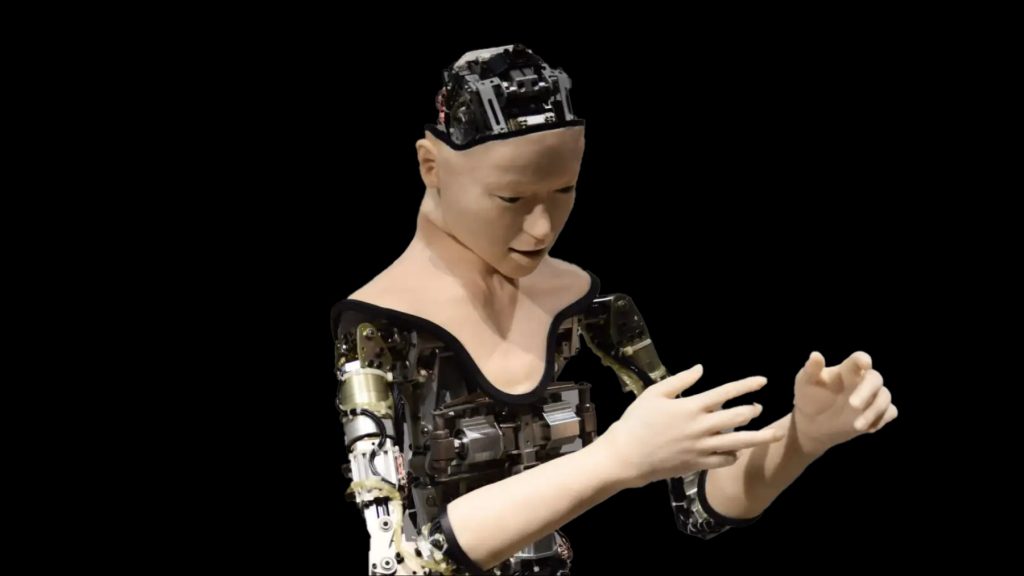 This Humanoid Robot Control Just Needs a Little Prompting.
This Humanoid Robot Control Just Needs a Little Prompting. Researchers at the University of Tokyo, led by Takashi Ikegami, used the large language model, GPT-4 to control a humanoid robot, called Alter-3, by using text prompts.
The dynamic Alter-3
Alter’s movements are directly translated from GPT-4’s code, different than other robots with specialized software. It enables Alter to be more dynamic in its responses to the prompts.
Okay, this gives us a new and positive collaboration of the human and the robot, doesn’t it? Want it to be more vibrant? Then the process is: GPT-4 takes a text prompt, creating two series of instructions.
The first is a list of actions the robot must do, like raising its arm or tilting its head. Alter-3 has 43 different moving parts in its head, body, and arms that are controlled by air pistons. Air pistons are the components responsible for the movement of the body parts of Alter-3.
The second is python code, a programming language to control the robot’s movements, which is responsible for translating each and every action to specific movements of the robot’s 43 body parts.
“This android can have more complicated and sophisticated facial and non-linguistic expressions so that the people can really understand, and be more empathic with, the android,” says Ikegami.
Pretending to be a Snake!
Alter-3 is celebrating its success in performing basic actions. They’re calling these basic actions?? To pretend to be a snake, is a basic action? How is it basic to be a snake? And it is a human-robot collaboration, to make it more human… Wait there is more, Alter-3 eating popcorn turns out to be a complex action!!
So, the context here is the following: “The Alter3 robot gestures in response to the prompt “I was enjoying a movie while eating popcorn at the theatre when I realised that I was actually eating the popcorn of the person next to me,” said NewScientist.
There are several limitations that work as an obstacle to the snake transition process. It takes time to induce prompts to code and execute robot movements. Critics argue that Large Language Models, particularly GPT-4 don’t depend on systems than the human brain, deficient in human-like intelligence.
Inside Telecom provides you with an extensive list of content covering all aspects of the tech industry. Keep an eye on our Tech sections to stay informed and up-to-date with our daily articles.